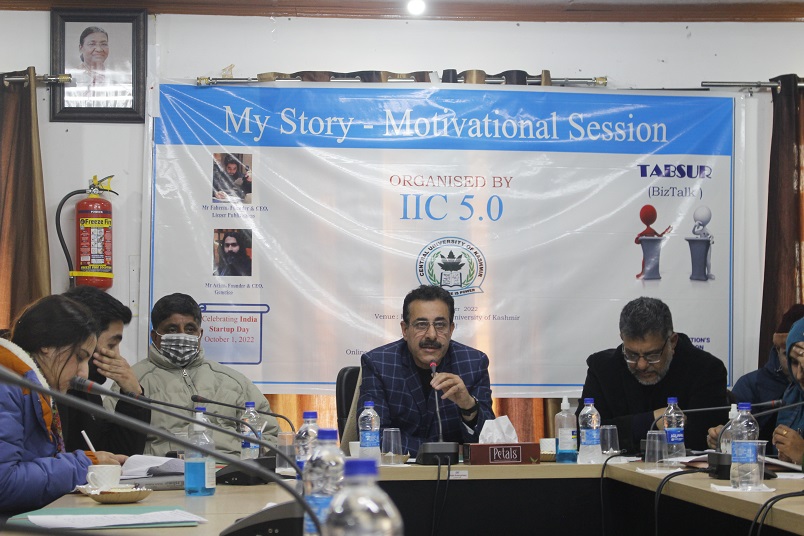
THE Assistant Director General of Police Vijay Kumar on Saturday said that Bandipora, Kupwara and Ganderbal districts in Kashmir have zero active militants currently and the two prominent outfits, Lashkar-e-Toiba and Jaish-e-Mohammed, have gone headless after security forces killed their commanders. He set a two year deadline for completely wiping out the militancy. And as for the estimate of the militants active in the Valley, Kumar said the number has dwindled to two-digits. The Kashmir region comprising 13 police districts has 81 militants at present with 29 being local while 52 being of foreign origin. This is one of the lowest numbers, the militancy has been reduced to over the past three decades and should thus constitute a significant turn in the events following the withdrawal of Article 370 in August 2019. It is true that the last three years have witnessed a disproportionate increase in the killings of militants in Kashmir creating a possibility that militancy could be eradicated from the Valley. More so, at a time when the armed forces have also killed a majority of militants at Shopian, Pulwama and Kulgam, the places in South Kashmir that have emerged as militant strongholds in recent years.
The current phase of renewed militancy had begun around 2015 when the then Hizbul Mujahideen militant Burhan Wani used social media to persuade youth to take up arms. Soon scores of youth joined, taking the number beyond 300 in the following two years. The number stayed at over 200 up until last year. But now that number has reduced below 100, which is something that has probably happened for the first time. It almost now seems that militancy is on the way out. And should this happen, it would be the biggest development of the past three decades. And it would be a major milestone for New Delhi on the road to normalcy in Kashmir. This is happening against the backdrop of the loss of J&K’s special status, and the evolving geopolitics of the region where India is now at loggerheads with China and Pakistan. The pacification of Kashmir would mean an end to India’s Kashmir troubles and let the country focus on its economy and its other geopolitical challenges.
However, it is still premature to declare victory. Earlier also, the militancy in Kashmir came close to eradication twice: first around 1993 when pro-government insurgency spread and second around 2013 when number of militants had reduced to around 100 and South Kashmir had just 15 of them. So the situation in the coming months would be keenly watched. This could make it clear which way the valley is headed.
Follow this link to join our WhatsApp group: Join Now
Be Part of Quality Journalism |
Quality journalism takes a lot of time, money and hard work to produce and despite all the hardships we still do it. Our reporters and editors are working overtime in Kashmir and beyond to cover what you care about, break big stories, and expose injustices that can change lives. Today more people are reading Kashmir Observer than ever, but only a handful are paying while advertising revenues are falling fast. |
| ACT NOW |
| MONTHLY | Rs 100 | |
| YEARLY | Rs 1000 | |
| LIFETIME | Rs 10000 | |












